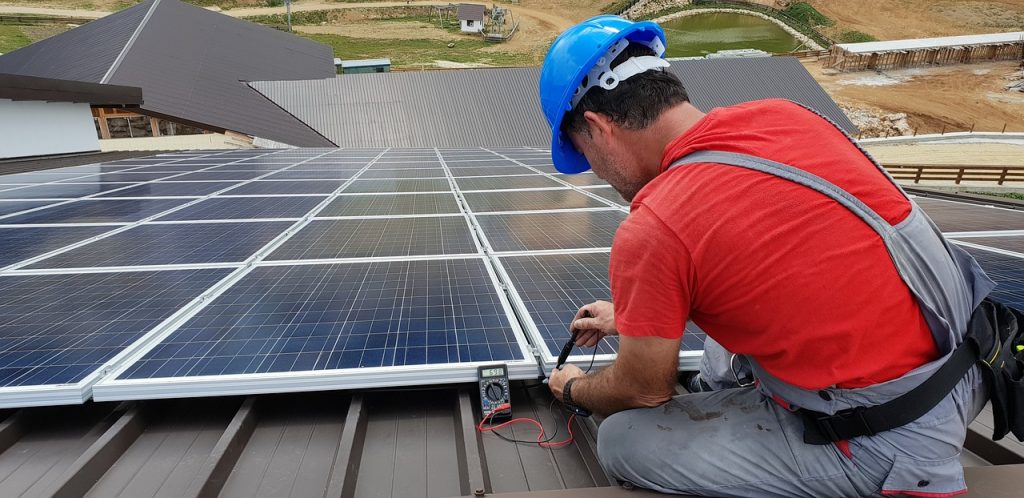Why Dead Solar Panels Will Soon Be Worth A Ton Of Money
With the transition to more sources of renewable energy picking up steam globally, dead solar panels are poised to soon be worth a ton.

As the devastating effects of climate change become ever more present, the world has been forced to take a collective step back and reevaluate the best ways to combat them. A big part of the global commitment to fighting back against climate change is the goal of transitioning to more renewable energy sources. Solar energy has been among the more common renewable energy sources to be widely adopted. As a result, in the coming years, solar panels in disrepair will suddenly become worth a lot more money.
The reason why solar panels are suddenly predicted to skyrocket in value has to do largely because of two distinct factors. For starters, on a global level, solar power usage is expected to increase to 40% by 2030. Second, the uptick in usage is projected to make solar panel parts harder to come by. These two factors will inherently lead to dead solar panel parts becoming more valuable. Rystad Energy predicts that in less than 10 years recycled solar panel parts will go from being a $170 million industry to a $2.7 billion industry. To put it into perspective, that equates to a 1,488.2% increase. Based on those projections, this means that defunct solar panels are poised to define an exceedingly profitable emerging market.
Moreover, there are a lot of advantages to recycling parts from dead solar panels to make new ones. At present, most non-working solar panels have ended up stockpiling in landfills. Recycling them will mean less will end up in landfills that are already brimming with waste. That amounts to a win for the solar panel industry, a win for the landfills, and a double win for the environment. Additionally, like many things comprised of raw materials, there exists a toxic mining culture overseas where many human rights violations frequently take place. Reducing the need to rely on newly mined raw materials, could serve to somewhat alleviate the brutalities that exist in other parts of the world. Lastly, recycling non-working solar panels to make new ones is just a more sustainable model overall. And honestly, one that if properly exercised will serve to prevent renewable energy efforts from being inherently redundant.
While solar panels and their recycled counterparts will likely represent a significant portion of the push toward renewable energy, the world is also moving to include other environment-saving initiatives, too. Carbon capture has come to the forefront as a promising solution to aid in reducing the overall emissions being pumped into the air. Although still in its early stages, carbon capture technology would theoretically allow excess carbon dioxide to be vacuumed out of the air and then stored underground in airtight containers where it could no longer negatively impact the Earth’s atmosphere. Massive corporations like Google and Apple are investing significant amounts of capital to make the process of carbon capture a reality. That being said, the technology that supports the concept of carbon capture is still very much in its infancy and there remain a lot of roadblocks to navigate in order to effectively materialize a solution like carbon capture.











